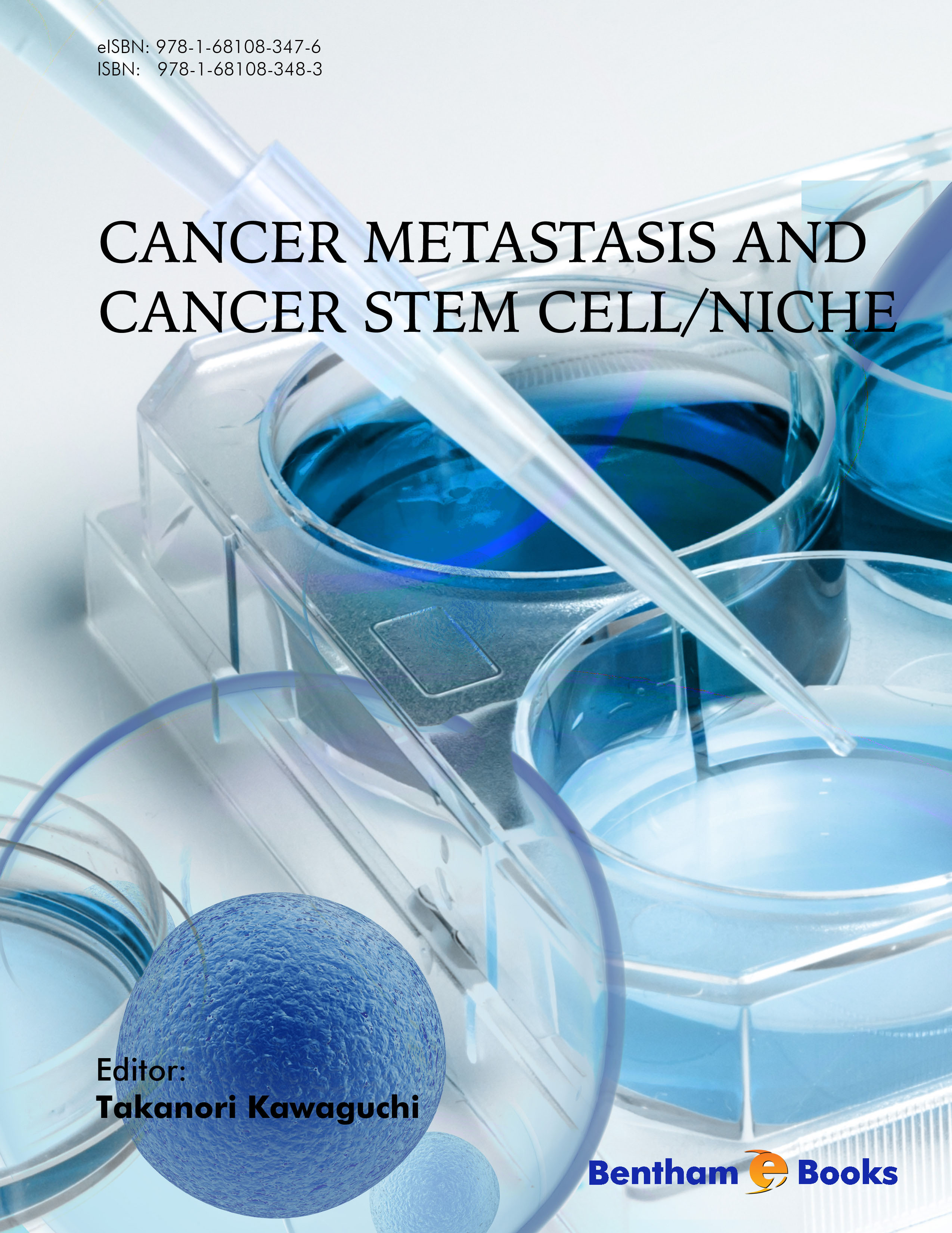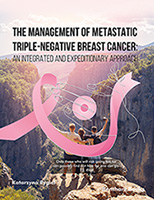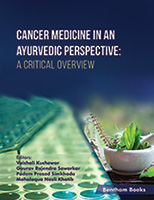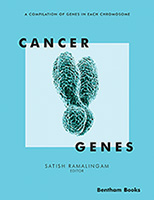Introduction
A malignant tumor is an actively growing tissue, composed of cells derived from a single cell line that has undergone irreversible differentiation. These cells are invasive and also metastasize in the body, resulting in malignant cancer. Recent research suggests that a malignant tumor originates from cancer stem cells (CSC) accompanied with physiological niches.
Cancer Metastasis and Stem Cell/Niche explains the invasiveness and metastasis of cancer cells in the light of information gained from the CSC / niche theory. Five chapters present a review on the fundamental relationships between CSCs, their niche and metastasis, the regulation of cell surface glycan expression in CSCs, tumor endothelial cells and metastasis, toll-like receptor 4 (TLR4)-mediated premetastatic microenvironment, and in surgical cancer metastasis.
This monograph is intended as a primary reference on CSC research for physiologists, clinical oncologists, stem cell researchers and molecular biologists.





